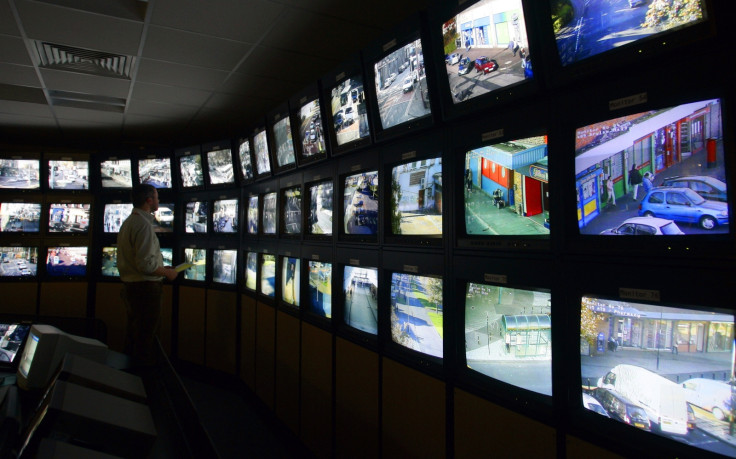Big Brother knows who you are: new CCTV can recognise you by 'glimpse of an ear'
The new software uses artificial intelligence to constantly 'learn' about appearances
Privacy campaigners have voiced their alarm about a new CCTV surveillance system which uses artificial intelligence (AI) to recognise individuals from as little as a glimpse of an ear.
The new technology is being trialled by Leicestershire Police next month (January 2017) in the hope it can quickly identify a small group of repeat offenders who between them commit around half a million crimes a year.
The new software, designed by researchers at Bradford University, constantly "learns" about an individual's appearance, starting with mug shots taken on cameras developed by software firm Acumé Forensic. Police can then add other data such as skin colour, eye colour and the shape of the eyes, nose and mouth.
Professor Hassan Ugail from Bradford University research team said in time the CCTV might be able to "spot" someone from a tiny patch on top of their forehead or an ear.
"In CCTV images this is often all that is available, as the suspect is not looking directly at the camera," Prof Ugail told the Sunday Times. "Once our algorithm has learnt a face, it can recognise them even from just an ear."
Acumé Forensic, based in Leeds, is a private company that has previously helped in the Soham murder trial at the Old Bailey by producing "fully interactive courtroom presentations" for Cambridgeshire Police. However, privacy campaigners expressed concern about the new technology.
Renate Samson, chief executive of Big Brother Watch, told the Sunday Times: "Leicestershire police have a terrible track record of deploying intrusive forms of surveillance technology. Your facial biometric data is as sensitive as your fingerprint or DNA. A system like this must be subject to stringent oversight, including specific detail on the retention and deletion of the images."

© Copyright IBTimes 2025. All rights reserved.




















